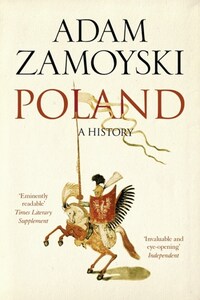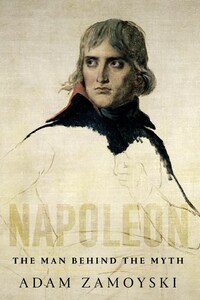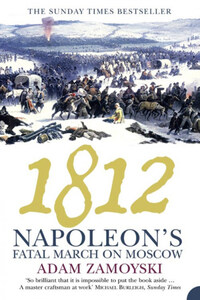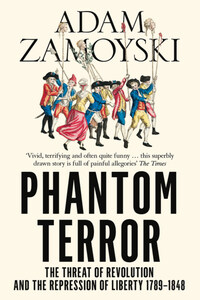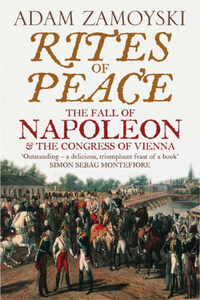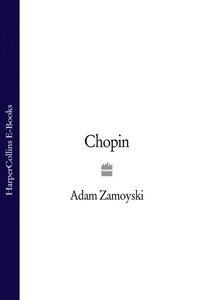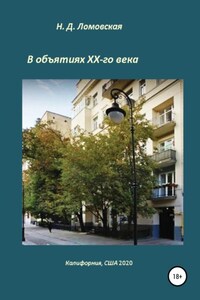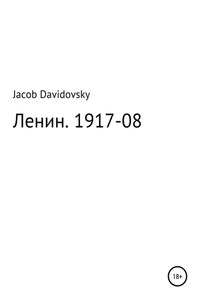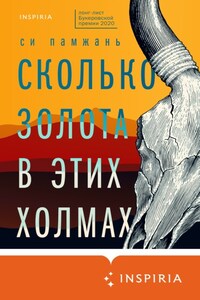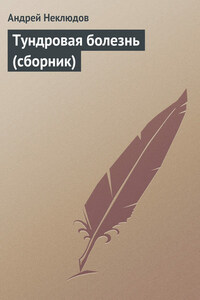POLAND A HISTORY
ADAM ZAMOYSKI
HarperPress
An imprint of HarperCollinsPublishers Ltd. 1 London Bridge Street London SE1 9GF
www.harpercollins.co.uk
Published by HarperPress 2009
Copyright © Adam Zamoyski Ltd 2009
The Polish Way published by John Murray in 1987
Adam Zamoyski asserts the moral right to be identified as the author of this work
Cover shows detail from a parchment scroll of 1605, showing a member of the Husaria, the Polish winged cavalry
A catalogue record for this book is available from the British Library
All rights reserved under International and Pan-American Copyright Conventions. By payment of the required fees, you have been granted the non-exclusive, non-transferable right to access and read the text of this ebook on-screen. No part of this text may be reproduced, transmitted, down-loaded, decompiled, reverse engineered, or stored in or introduced into any information storage and retrieval system, in any form or by any means, whether electronic or mechanical, now known or hereinafter invented, without the express written permission of HarperCollins ebooks
HarperCollinsPublishers has made every reasonable effort to ensure that any picture content and written content in this ebook has been included or removed in accordance with the contractual and technological constraints in operation at the time of publciation
Source ISBN: 9780007282753
Ebook Edition © OCTOBER 2009 ISBN: 9780007322732
Version: 2017-04-25
Polish words may look complicated, but pronunciation is at least consistent. All vowels are simple and of even length, as in Italian, and their sound is best rendered by the English words ‘sum’ (a), ‘ten’ (e), ‘ease’ (i), ‘lot’ (o), ‘book’ (u), ‘sit’ (y).
Most of the consonants behave in the same way as in English, except for c, which is pronounced ‘ts’; j, which is soft, as in ‘yes’; and w, which is equivalent to English v. As in German, some con—sonants are softened when they fall at the end of a word, and b, d, g, w, z become p, t, k, f, s, respectively.
There are also a number of accented letters and combinations peculiar to Polish, of which the following is a rough list:
ó = u, hence Kraków is pronounced ‘krakooff ‘.
ą = nasal a, hence sąd is pronounced ‘sont’.
ę = nasal e, hence Łęczyca is pronounced ‘wenchytsa’.
ć = ch as in ‘cheese’.
cz = ch as in ‘catch’.
ch = guttural h as in ‘loch’.
ł = English w, hence Bolesław becomes ‘Boleswaf, Łódz ‘Wootj’.
ń = soft n as in Spanish ‘mañana’.
rz = French j as in ‘je’.
ś = sh as in ‘sheer’.
sz = sh as in ‘bush’.
?? = as rz (—?? is the accented capital).
ź = A similar sound, but sharper as in French ‘gigot’.
The stress in Polish is consistent, and always falls on the pen—ultimate syllable.
The idea that a historian should radically alter his view of the past over the space of a couple of decades is, on the face of it, preposterous. But when I reread my history of Poland, The Polish Way, first published in 1987, which I meant to revise and update for a new edition, I became convinced of the contrary. History did not, as some have argued, come to an end in the intervening two decades, but they have completely changed the perspective.
When I sat down to write that book, few people in western Europe, let alone further afield, had any idea of where Poland lay, and fewer still had any sense of its having a past worth dwelling on. Given that history is made up of an intricate interaction of land, people and culture, Poland presented unique problems. How was the historian to approach a country whose territory had expanded and contracted, shifted and vanished so dramatically, which currently existed as an almost random compromise resulting from the Second World War, and which lay within the imperial frontiers of another power? How was he to treat a people which, from ethnic, cultural and religious diversity had been purged by genocide and ethnic cleansing into a homogeneous society? How to represent a culture which had been largely obliterated, whose remains survived only underground or in exile?
